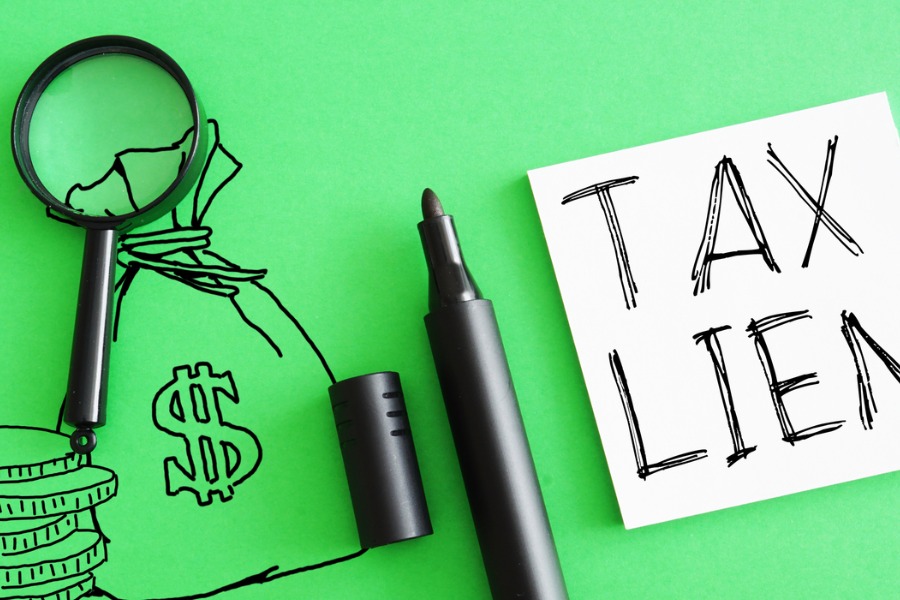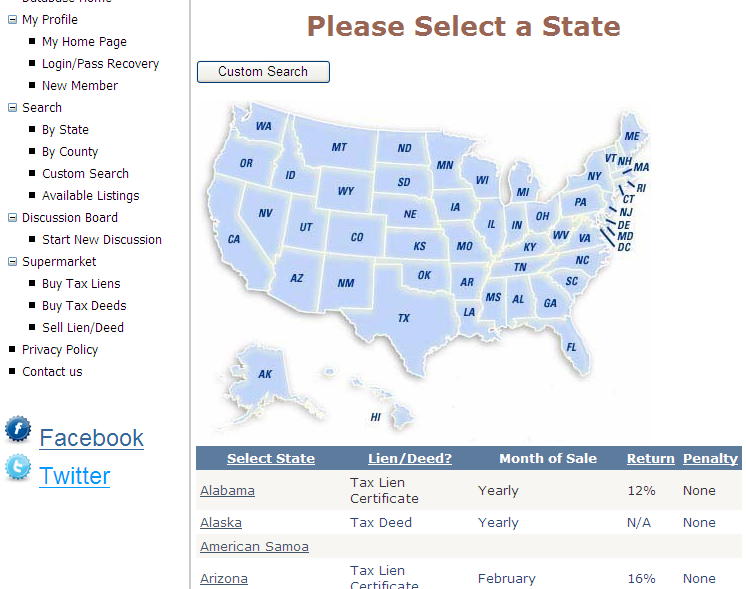All Categories
Featured
Table of Contents
Tax lien investing can offer your portfolio direct exposure to property all without needing to actually have building. Specialists, however, claim the process is complicated and warn that beginner investors can easily get melted. Here's everything you require to understand about purchasing a tax obligation lien certificate, including how it functions and the risks involved.
The notification normally comes before harsher actions, such as a tax obligation levy, where the Irs (INTERNAL REVENUE SERVICE) or regional or municipal federal governments can in fact take somebody's residential property to recover the debt. A tax lien certification is produced when a homeowner has stopped working to pay their taxes and the neighborhood government problems a tax obligation lien.
Tax lien certificates are commonly auctioned off to capitalists seeking to earnings. To recover the delinquent tax obligation dollars, municipalities can then offer the tax obligation lien certification to exclusive investors, who deal with the tax obligation costs in exchange for the right to collect that money, plus interest, from the residential or commercial property owners when they at some point repay their balance.
Tax Lien Redemption Period
permit the transfer or project of delinquent actual estate tax liens to the exclusive field, according to the National Tax Lien Association, a not-for-profit that stands for governments, institutional tax obligation lien financiers and servicers. Below's what the process appears like. Tax obligation lien investors need to bid for the certificate in a public auction, and just how that procedure works depends upon the specific district.
Contact tax obligation officials in your area to inquire just how those delinquent taxes are gathered. Public auctions can be on-line or in person. Occasionally winning proposals go to the financier willing to pay the lowest rate of interest, in an approach called "bidding down the rate of interest." The town develops a maximum price, and the bidder supplying the most affordable rates of interest below that optimum wins the public auction.
Other winning bids most likely to those that pay the highest possible money amount, or premium, above the lien quantity. What happens next for financiers isn't something that happens on a stock exchange. The winning prospective buyer has to pay the entire tax obligation costs, consisting of the overdue financial obligation, interest and penalties. Then, the capitalist has to wait up until the homeowner pay back their entire equilibrium unless they do not.
While some financiers can be rewarded, others may be captured in the crossfire of complex guidelines and loopholes, which in the worst of situations can cause large losses. From a simple revenue perspective, most investors make their money based on the tax obligation lien's rates of interest. Interest prices differ and depend upon the territory or the state.
Profits, nevertheless, don't always total up to yields that high during the bidding procedure. In the end, most tax obligation liens bought at auction are cost rates between 3 percent and 7 percent across the country, according to Brad Westover, executive supervisor of the National Tax Obligation Lien Organization. Before retiring, Richard Rampell, formerly the president of Rampell & Rampell, a bookkeeping firm in Hand Beach, Florida, experienced this firsthand.
Investing In Real Estate Tax Liens
In the beginning, the partners succeeded. Yet after that huge institutional financiers, including banks, hedge funds and pension funds, chased after those greater returns in public auctions around the country. The larger financiers helped bid down rates of interest, so Rampell's team had not been making significant cash anymore on liens. "At the end, we weren't doing better than a CD," he states - what does tax lien investing mean.
That seldom occurs: The taxes are normally paid prior to the redemption day. Liens also are initial eligible repayment, even prior to home mortgages. Even so, tax obligation liens have an expiration day, and a lienholder's right to confiscate on the residential or commercial property or to gather their investment ends at the same time as the lien.
Individual financiers who are taking into consideration financial investments in tax liens should, over all, do their research. Professionals recommend avoiding residential properties with environmental damage, such as one where a gas station dumped hazardous material.
Tax Lien Investing Colorado
"You need to actually recognize what you're getting," states Richard Zimmerman, a partner at Berdon LLP, an audit company in New York City. "Know what the residential or commercial property is, the area and worths, so you do not buy a lien that you will not have the ability to gather." Potential financiers ought to also have a look at the residential property and all liens versus it, along with recent tax obligation sales and list price of comparable residential or commercial properties.
Yet, maintain in mind that the details you discover can usually be obsoleted. "People obtain a listing of residential or commercial properties and do their due diligence weeks before a sale," Musa says. "Fifty percent the residential or commercial properties on the checklist might be gone due to the fact that the taxes obtain paid. You're squandering your time. The closer to the date you do your due persistance, the better.
Real Estate Tax Lien Investments

Westover claims 80 percent of tax lien certifications are marketed to participants of the NTLA, and the company can commonly pair up NTLA participants with the right institutional financiers. That might make managing the procedure easier, specifically for a novice. While tax lien financial investments can supply a generous return, be mindful of the small print, information and guidelines.
"Yet it's made complex. You need to recognize the information." Bankrate's added to an upgrade of this tale.
Residential property tax obligation liens are an investment specific niche that is neglected by a lot of capitalists. Investing in tax liens can be a lucrative though relatively danger for those who are well-informed regarding real estate. When individuals or businesses stop working to pay their real estate tax, the communities or various other government bodies that are owed those taxes place liens versus the residential properties.
Tax Lien Investing Books
These cases on collateral are likewise traded among investors that want to generate above-average returns. Via this process, the town obtains its tax obligations and the investor gets the right to collect the amount due plus passion from the borrower. The procedure rarely ends with the investor taking ownership of the home.
If you require to foreclose, there might be various other liens against the building that keep you from taking ownership. You can also invest indirectly through home lien funds.
It effectively locks up the building and prevents its sale up until the owner pays the tax obligations owed or the residential property is taken by the financial institution. As an example, when a landowner or homeowner falls short to pay the tax obligations on their property, the city or county in which the home lies has the authority to position a lien on the building.
Building with a lien affixed to it can not be marketed or refinanced till the taxes are paid and the lien is removed. When a lien is issued, a tax lien certificate is developed by the municipality that mirrors the quantity owed on the property plus any type of rate of interest or penalties due.

It's approximated that an additional $328 billion of residential or commercial property taxes was evaluated across the united state in 2021. The pattern proceeds. Tax obligations on single-family homes were estimated to climb approximately 3.6% in 2022, to a total amount of $339.8 billion, and by 6.9% in 2023, to $363.3 billion. It's difficult to assess nationwide building tax obligation lien numbers.
Table of Contents
Latest Posts
Tax Liens Homes For Sale
Government Property Tax Auctions
Tax Overage List
More
Latest Posts
Tax Liens Homes For Sale
Government Property Tax Auctions
Tax Overage List